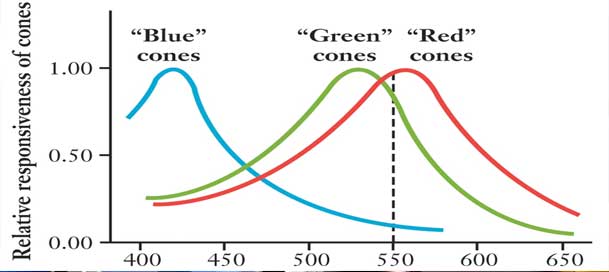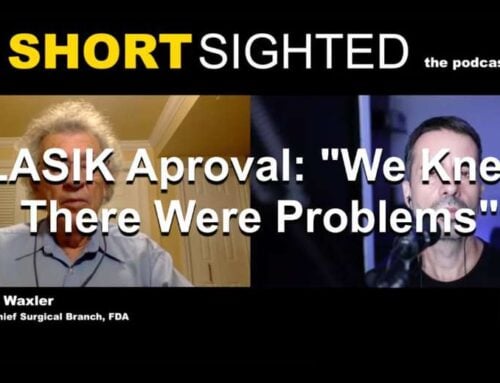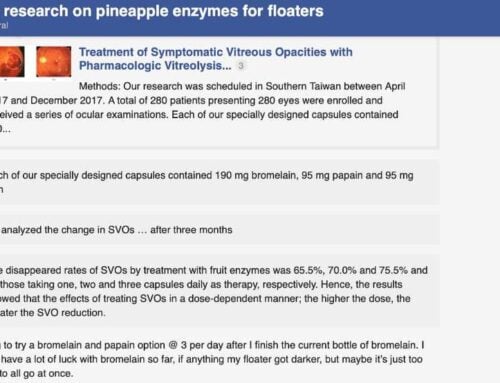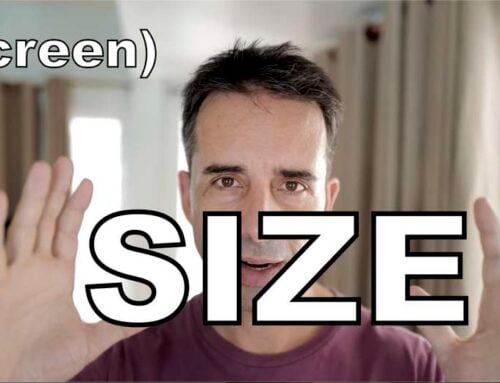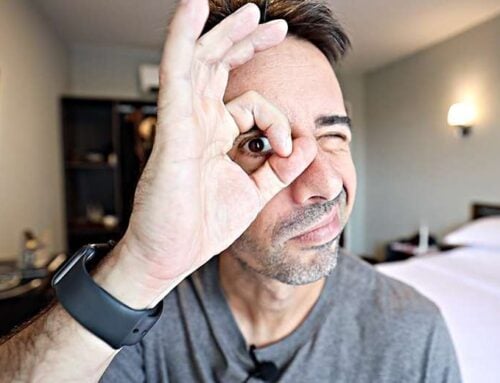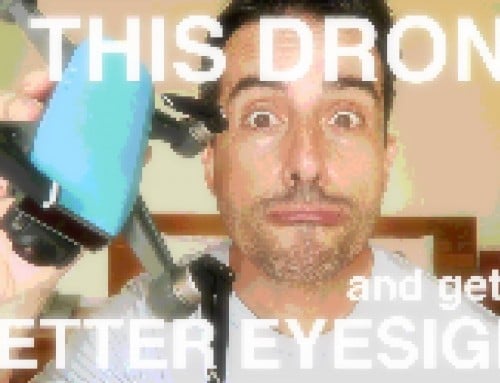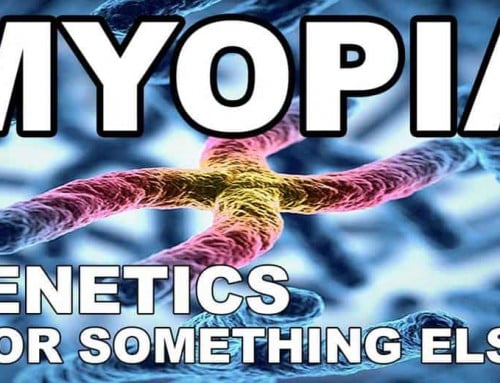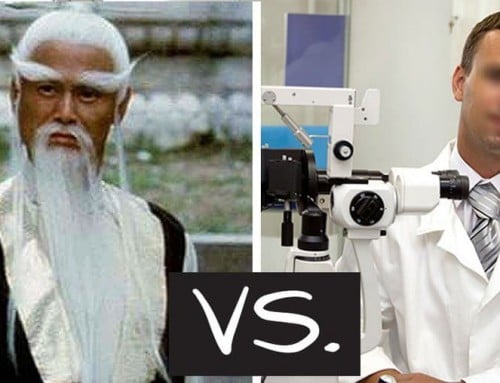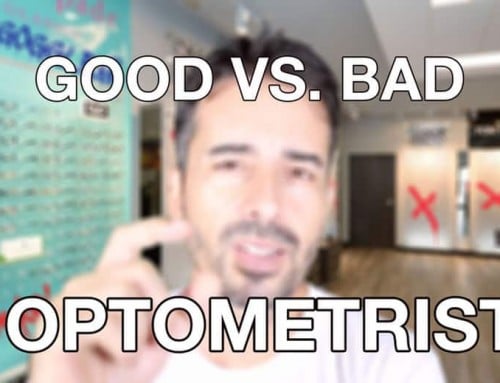Neha, Eye Health Practitioner: Who I Am, How I Ended Up Writing Here
Hello, dear readers of this great site! My name is Neha Gupta, I am a holistic health practitioner with a focus on eyesight related illness, here in India. This is my 14th year in the practice. I work mostly with prevention as we have less myopia here in childhood, and less aggressive prescription therapy locally. I am most frequently sought for sleep disorders, and health problems that relate to eyesight.
I was first introduced to this site by the very brilliant Jake Steiner who had come to visit me a few years ago. We spoke a great deal about vision health, in particular about the effects of light on eyesight. Jake had been much more focused on newer Western medical discoveries, and rehabilitating his high myopia. In discovering the importance of the quality of the light in his daily life with me, he experienced notable improvements in his vision. Jake later insisted that I meet Alex and mutually exchange ideas and discuss vision health together. His work on myopia therapy is amazing and quite effective and I feel honored to be invited to contribute some writing here for you on his blog.
In this first article I will take you on a small walk around the subject of light and eyesight health. We will cover some science here, bear with me – it will be well worth the read (I do hope), and include tangible suggestions to improve your vision health.
—
How The Quality Of Light Affects Your Eyesight
I think it is important to understand that myopia can have many roots. It can be primarily one thing for many readers here especially in the West, where prescription sales are very high, and most people spend all day in front of computer screens.
In my local area we have similar problems, but not quite to the same degree. So when I see myopia, it is often just a low degree, and often combined with other symptoms of early myopia. There is usually discomfort like headaches and emotional unhappiness, and often physical symptoms including lazy or drifting eyes. If you think about what is happening before reaching for a prescription, none of this is too surprising. Our vision relates us to our environment. When our vision begins to be compromised, our connection to the world becomes uncertain. Our minds struggle with this, especially if we are not suitably distracted by work, or treated with prescription glasses. We are quick to look for a fix, and not so interested in looking at causes. We want to get back to our lives, and our eyes are just an inconvenience we want to get out of the way.
Because of this, especially when I had first started, many people laughed at my therapy methods. Light, people would say, is all the same. They would not take me seriously when I would suggest that there is high quality light, and garbage quality light, even if the brightness (lumens) is measurably the same. And I wouldn’t resent those people. It does sound non-scientific and like wishful thinking. I appreciate all of that resistance since it lead me to methods to help people substantiate my methods.
What do I mean by substantiate? Much like the way Alex encourages you to measure, I also suggest that you quantify how the quality of light affects your eyesight. I want to bring you as much scientific evidence as possible, and ways to measure what I say, so that you can put aside doubts, and begin to appreciate light for the important role it plays in your vision.
Let’s look at what I mean when talking about the quality of light:
Spectrum Of Light
There is the visible spectrum of light. This is the part of the spectrum that you can perceive with your eyes. Your eyes are highly adapted to see the smallest nuances of color in this spectrum, with three different types of cells each sensitive to one of three different wavelengths (see Young-Helmholtz).
Your Eye: Three types of receptors react to spectrums of light.
You probably didn’t come here for an advanced human biology lesson. It is difficult to fully appreciate the complexity of the eyes however, without at least a small glimpse into how sophisticated the system truly is. It is important to realize how finely tuned your eye is to perceive the environment around you. It is designed to function in an environment that we are rapidly changing today.
And this is where the problems happen. We are replacing natural light, with a much wider spectrum, with artificial light. We purposely and accidentally filter important parts of the spectrum, in particular natural UV light. Here again, we want to avoid sounding unscientific. You may say, why should I care about UV? Isn’t UV bad? My sunglasses proudly proclaim that they filter UV light!
Take into consideration what would happen if we had no UV light. We couldn’t produce vitamin D, as the most obvious example. And yet today UV has become vilified, for reasons that would take a whole separate post to even discuss to a small extent. What is important to note here that UV isn’t a bad thing. And we don’t get much UV anymore:
Every sort of glass filters just about all UV light. This means your car windshield, office window, and of course your glasses even if they are made from polycarbonate, have added layers to filter UV.
Part of the story of why UV is bad is it’s link to caract development especially later in life. And while that link can not be ignored, there is more to that story. Sugar intake, nutrient deficiencies, and other factors are all part of what is causing cataracts, and as always it isn’t as simple as just eliminating everything outside of the visible spectrum to protect your eyes. There is a lot of research on the subject, probably most important the discussion of crotenoids and their role to protect the eye. Alex briefly suggests carrots and Omega 3 in your diet. As I notice about many things that Alex just recommends without much discussion, his method is to give you the fastest and easiest way to get healthy eyesight, with a very large amount of science and research that stays out of your view. His suggestions should all be taken very seriously, as they cover a very wide range of medical insight (even though he makes it all look very simple to the casual observer).
This is meant to be just a brief article on eyesight and light. I am bringing up some of these points just to give you some perspective on how much this is a complex topic, full of arguments and research and studies. Science that never fully connects to the reality of your day-to-day life. All of these insights never make it into a therapy or preventative health approach. Other than the pill sales ads it is quite difficult for the average lay person to really understand all the discoveries medical science is making.
When researching the topic of light, there is a dizzying amount of research available. One of my favorites is spectral sensitivity of various creatures and their eyes, where you can discover all about findings for all sorts of eyes.
When we look at a field like mine, which on the surface sounds like what Alex calls “the hippies of medicine”, there is a lot more than one would first think. Light affects your eyesight. Light is your eyesight. There are invisible parts of the light, which affect the production of key vitamins. There are parts of light that can lead to poor vision and even blindness. Light is vision.
And this brings me to the main point of this very small introduction to the subject of light:
We take light for granted, to the detriment of our eyesight.
We had the first part here, with a quick introduction of the eye as a complex system designed to distinguish various parts of the light spectrum. We then went on to realize that light isn’t just seeing things, but also a system that produces biological necessities for our body to function. We also know that light can negatively affect our eyes (cataract development). All this, and now you may start to think about how little we care or consider the quality of the light in our lives.
Which leads me to another small side point. What do I mean, when I say “quality”?
It is difficult to strike a balance in a single blog article, between background information, and brevity. Let’s look at the chart above, in reference to light quality:
First, day light. This is what your eye is designed for. Remember, we have three different types of cells to distinguish parts of the visible spectrum. Look at the “daylight” graph. You notice a very linear intensity for each wavelength, from 400 to 700nm. This is what your eye expects and your brain expects to interpret. Your eyes have billions of receptor sites, all finely tuned for this spectrum. Now compare this, what is the reference quality of light, to the most common artificial lighting alternatives. The biggest offender, fluorescent, which is also incidentally what is most commonly found in offices and public spaces. High intensities in small parts of the green and red spectrum, and very low intensity in the rest of the spectrum. Your eye is deprived of a large part of the expected spectrum.
You are likely wondering how this matters, in actual life. I will get to that in a moment, in a way that you can actually measure (and probably be rather concerned by).
The rest of the chart shows other lighting sources, all of which to varying extents sacrifice parts of the visible spectrum, or significantly vary the intensity for various wavelengths. This has two effects:
1) You can’t see nearly as well if the spectrum intensity is not uniform.
This is where we get back to the science. Great quality all the way to garbage quality. And here again you get all the tools (every so casually) mentioned by Alex. You have the eye chart, and centimeter. What you want to do here is to reduce your prescription (again, Alex has incredibly already put this at your disposal already) to where you are not experiencing over sharpened vision. You want to see clearly, mainly in natural light. Take your eye chart outside, in the shade, measure your sight (if you can see better than 20/40 in a fluorescent environment, you are over corrected and will experience lens induced progressive myopia). Do the same with centimeter, especially if you are myopic already.
Now compare results with the same distances and the same measuring tools, in each of the other lighting options referenced in the graphic above (or the ones you usually are exposed to). Experience first hand, with actual numbers, how much incorrect intensity throughout the spectrum affects the overall quality of your eyesight.
For reference, the acceptable variance, for the same lumens (brightness), is exactly zero. Loosing even half a line on the Snellen, or a centimeter, in the same brightness, same measurement tools, same circumstance, is an indicator of eye strain. And eye strain will create headaches and discomfort in the short term, and can cause difficult to pinpoint chronic symptoms in the long term. One of these of course is myopia, but common is also depression, appetite variance, and many other symptoms that can be corrected by nothing more than balancing intensity through the visual spectrum of light. When I consult with patients, we always test vision for various intensity deficiencies. You would be surprised to find how many unidentified ailments can be corrected by just fixing the light quality.
2) Light affects your sleep, and your health at large.
Again note here how much this is just a small introductory article. We could go further and look at light-induced melatonin supression. If you are interested in these things, just click the links. A small excerpt:
In humans, a single photopigment may be primarily responsible for melatonin suppression, and its peak absorbance appears to be distinct from that of rod and cone cell photopigments for vision. These findings suggest that there is a novel opsin photopigment in the human eye that mediates circadian photoreception.
Melatonin is an important story, and directly connects to light quality. We can treat sleep disorders very effectively, by affecting the quality of the light you experience throughout your day. You would be shocked to see the volume of patients I see and how many seriously debilitating disorders trace back to nothing more than – light.
3) Over or under emphasis of any part of the light spectrum has shown to affect mental health (sometimes significantly).
There are vast ranges of studies and discussions to cover on this front. Some therapies emphasizing a range of the blue spectrum have shown to help with seasonal affective disorders (with caveats, the point here being that light spectrum is more than “just” light). The light you see is connecting to your emotional well being.
As our lives more and more become independent of natural light, removed from natural light, and replaced by artificial sources, our health suffers. This is an increasingly well studied part of medical science. For the people who believe that light quality doesn’t matter, this is all rather shocking.
Here is what you should do, if you want to go do something for your eyes today:
Download a lumens app for Android or iPhone. This way you have a standard reference for your ambient brightness. Now compare your sight in natural full spectrum light, for the same brightness, to artificial light. An easy way to do this is to go from outdoors to an indoor office or mall / shop. Be sure not be over corrected on prescription. Note the change. If you vision decreases even a small degree, realize that this difference is the very small tip of a very large eyesight risk iceberg. Heed Alex advice, even if he makes things sound simple and less long worded than I do here:
Get full spectrum light bulbs. When possible, get outside. Get shaded natural light exposure.
If possible, get up at sunrise, and reduce your exposure to artificial light after sunset. Granted, this is only limited in possibility for many people. Even if you can just follow the advice that Alex gives, do invest in balanced intensity spectrum lighting for your ambient environment. Your eyes and your general health will be well worth it!
—
For more questions on this subject, if you are interested in more articles of how your eyes connect to your health at large, feel free to post in the forum. In this time in particular, there is much to talk about for SAD (seasonal affective disorder), and how quality light can help reduce it’s effects. This and many other topics relating to light and health could be well covered here on the site. Selective spectral damage is another subject that is largely undiagnosed and can cause cognitive and psychological disorders.
Unfortunately I only have limited time to contribute here, but I do want to avail myself to Alex larger vision for a meaningful resource for long term eyesight health. While myopia is the primary symptom and expression of our modern lifestyle and lack of available education eyesight health, it is just one of the expressions of a neglected body.
Be kind to your eyes, get away from garbage light!
I hope you enjoyed this article, I am a bit nervous about the responsibility of writing here (and writing is not my strong suit).
– Neha

